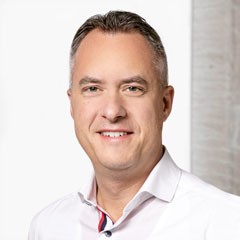
Automotive Engineers’ Day 2021
An afternoon filled with the magic of steel
Originally planned as a classic event in Linz, it was re-designed as an online event under the current conditions. More than 600 registered participants from 25 countries exceeded all expectations. Many thanks to the experts from Magna Steyr, Toyota Motor Europe, BMW Group and voestalpine for their in-depth future-oriented sessions. We at voestalpine will continue to cultivate our ambition to always be there personally as a contact partner and to further promote expert exchanges in an uncomplicated and relaxed setting.
Review of sessions
A brief overview of the session content can be found here. If you are interested in watching the stream and need further information, please contact us at automotive-notes@voestalpine.com.
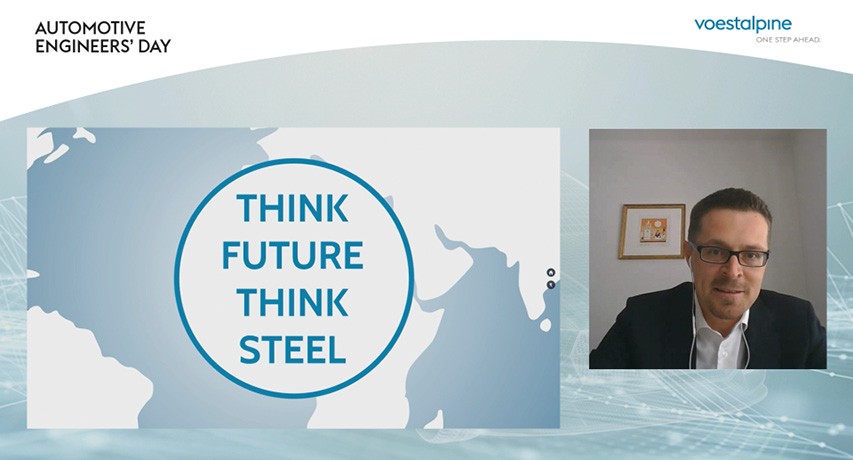
Industrial trends
Five trends, many effects and how voestalpine helps its customers cope. Electrification, sustainability, digitalization, autonomous driving and advancing globalization/localization are cutting-edge topics.
Electrification
The trend has arrived, which the number of registrations clearly shows. Enormous investments are required, and money is scarce. So we must think carefully about what we can do ourselves and what we can outsource. Falling entry barriers are quickly opening the market for new players.
Glocalization
Trade barriers, Evergrande and an uncertain climate are leading players to question global supply chains. Away from factory specialization and toward market-driven production. Will electromobility perhaps lead to a European Spring?
Sustainability
After electrification of the car, the next step is a carbon-neutral supply chain. “Green steel" only makes sense if the energy it requires is also green. There are plans, but they have to be implemented and financed.
Digitalization
Missing borders between customers and suppliers, galvanizing lines that communicate online with press lines, simultaneous entry of B2C business models in traditionally B2B areas ... Are you ready for this? “Sales 2030" by voestalpine will take you on a journey.
Autonomous driving
What may be lost in driving pleasure may be gained in another way. Catching a nap in your car on the way to the office, your first video conference in the middle of a traffic jam? New designs will come, new interior designs will be the result, and the right materials will have to be developed to meet the demand.
Steel in lightweight automotive design
The automotive industry is facing new challenges such as autonomous driving or further electrification. In terms of materials, joining properties and design, steel continues to be an essential element in lightweight construction.
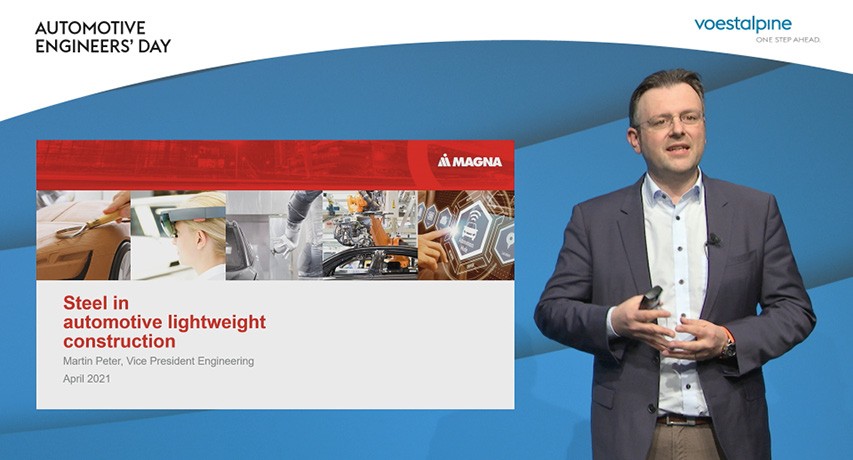
Safety remains an issue
The issues are being driven by the NCAP committees, customer requirements and legislatures. At Magna, it's all about using the right material in the right place coupled with the need for economy and volumes. Cost-effective and efficient materials are in high demand. Steel will continue to have its place in the future.
Product development parameters
- Material: What is the right material with the right properties for the requirement at hand?
- Joining technology: Which techniques make it possible to create products that meet every requirement in a balanced cost ratio?
- Design: Design concepts must also make large-volume production economically feasible. Steel passenger compartments are state of the art and will remain so.
Car body materials
A modern car body must meet safety, cost and weight requirements consisting of a mix of materials with both aluminum and a wide variety of steels.
Further development Steels
Further development of higher-strength and high-strength steels is an important topic, and their formability is an important criterion. Steels for cold forming are generally advancing into the range of hot-forming steels.
Magna, a partner in many ways
Magna sees the trend of more new players entering the mobility market alongside the traditional OEMs and is a reliable partner from structural development to series production and large-volume manufacturing.
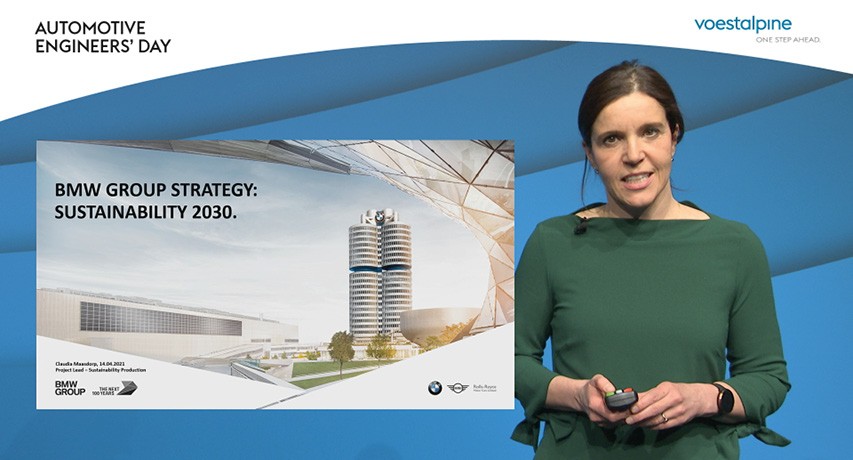
We make BMW sustainable
BMW has been working very intensively for some time on reducing CO2 emissions in the product use phase. The company has set itself ambitious goals for its production and supply chain in an effort to comply with the Paris Climate Agreement and will achieve these in collaboration with its suppliers.
BMW Sustainability Strategy 2030
BMW is the first premium car manufacturer to give equal weighting to sustainability and financial reporting. Our claim: We don't create sustainability at BMW. We make BMW sustainable.
Concrete targets through the year 2030
BMW is optimizing processes across the entire value chain. The target figures reflect the CO2 saved per vehicle:
- Supply chain minus 20%
- Production minus 80%
- Vehicle use phase minus 40%
Carbon reduction in the supply chain
The most effective levers for carbon reduction are being identified and pursued in collaboration with suppliers. The carbon footprint is also becoming an award criterion in decision-making processes.
Carbon-reduced production
Having reduced CO2 emissions in production by 78% per vehicle since 2006, the emissions of the BMW Group (Scope 1 and 2) will be reduced by a further 80% between 2019 and 2030.
Carbon reduction in the vehicle use phase
Increased electric vehicle volumes by 2030 is the basis for carbon reduction by 40% in the use phase. The objective is for electric vehicles produced in the BMW Group to be sustainable right from the production stage. Ambition: The greenest electric car comes from BMW.
Think green. Think steel.
Reducing CO2 emissions in steel production is at the top of our agenda, and voestalpine is committed to environmental responsibility and leads the way in many respects.
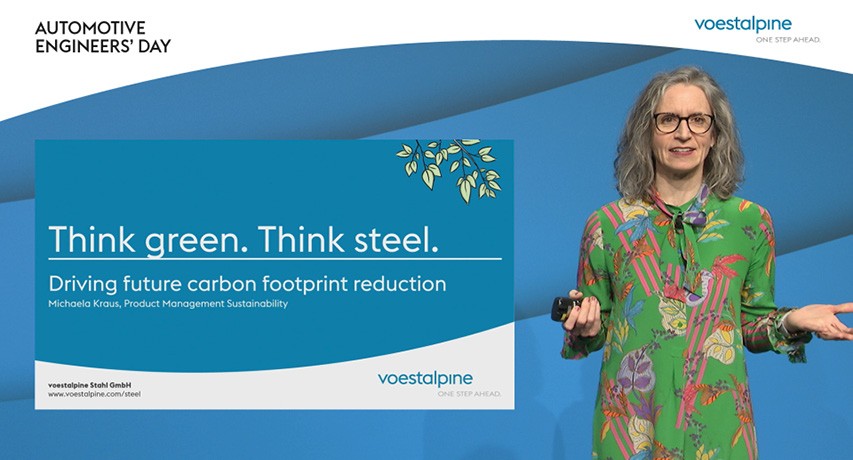
Environmental investments and results
voestalpine takes climate protection seriously and in recent decades has reduced its air emissions and energy consumption to a technological minimum. Over the past ten years, the voestalpine Steel Division has invested 1.8 billion euros in environmental protection measures. It has been possible to reduce energy consumption by 19% and carbon emissions by 17%.
Sustainable logistics
More than half a million tons of goods are transported by rail. Empty transport runs are avoided altogether. Steel coils are transported to the customer, and scrap is returned to Linz on the same railcars. This saves roughly 8000 tons of CO2 emissions each year.
Sustainable changes in technology
The most advanced pilot plant for the production of green hydrogen in the steelmaking industry is in operation at the Linz production site. A gradual switch from the coal-based blast furnace route to electric arc furnaces powered by green electricity is currently being implemented. Numerous research projects are also working on breakthrough technologies that allow climate-neutral steel production.
Supply of green steel
Process optimization projects at voestalpine have made it possible to reduce direct CO2 emissions by 10%. According to the lifecycle assessment method, this corresponds to roughly 7% on a product basis. Customers of voestalpine are presented with product-based carbon footprint certificates. Customer service representative will be happy to provide further information.
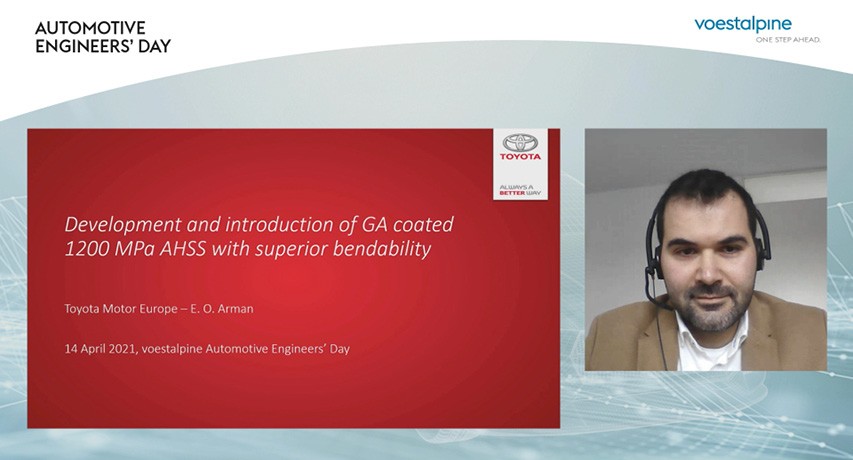
1200 MPa AHSS with superior bendability
Implementation of a joint development project between voestalpine and Toyota for a galvannealed 1200 MPa AHSS grade with superior bendability.
Requirements in fields of application
The steel grade must meet high safety and corrosion protection requirements and must allow complex geometries. The primary application is in the interior, where the most complex part is the lower end of the A pillar with a sharp radius.
Material specifications and steel development
AHSS standard steels did not meet the yield strength, elongation, tensile strength and bendability requirements. A special microstructure with a very fine and homogeneous distribution of elements had to be achieved in order to obtain levels of sufficient global and local ductility. The optimum balance between chemical composition and the annealing cycle was the success factor.
Application and benefit
Excellent steel grade properties enable efficient mass production of complex parts with galvannealed coatings. Another advantage is a weight savings of 1.5 kg per component. These properties also make the steel grade interesting for use in less complex parts.
Steel in the battery box
Battery boxes are a central element in hybrid and electric vehicles. Crash resistance and fire safety are essential factors. But weight optimization, cost-effectiveness and a green footprint are also in demand. Steel can meet these requirements.
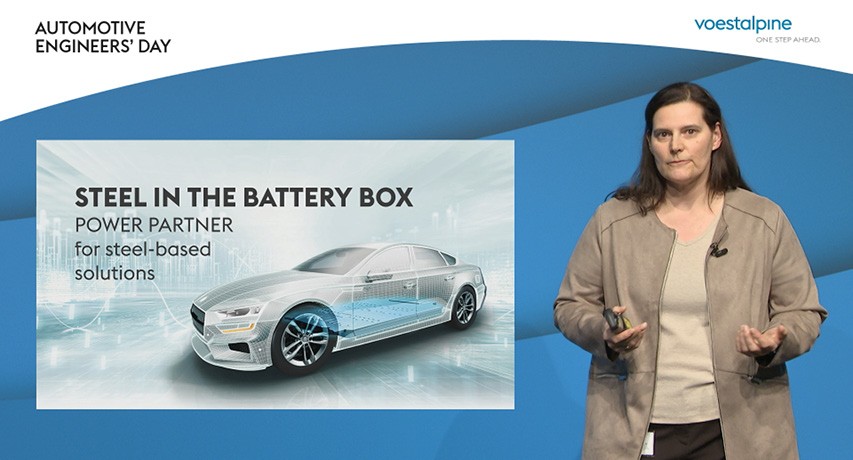
Crash safety
Protecting the battery cells in the event of a crash is paramount. Standards such as ECE R100 and GB/T 31467.3 specify load cases for front and side impacts of 100 kN. Innovative voestalpine steels support engineers in achieving optimum crash performance.
Fire protection
Vehicle occupant safety and providing sufficient time for occupants to leave the vehicle are top priorities. Passenger compartment fires can reach short-term temperature peaks of up to 1200 °C. Steel has a melting point of roughly 1400 °C and provides a higher level of safety. (The melting point of aluminum is roughly 660 °C.)
Weight and economy
Steel weighs more than aluminum, for example, but provides economic advantages that aluminum does not. Hybrid construction methods can nearly completely compensate for the weight disadvantage, especially in large quantities. Cost savings of up to 30% can be reached intelligently selecting the design, material and production method.
Battery box expertise at voestalpine
voestalpine has established a great deal of expertise in the field of battery boxes and has tested a variety of different battery box tray and frame designs. The result is that no single solution can address every issue. With its technological expertise and steel portfolio, voestalpine provides competent and uncomplicated support.
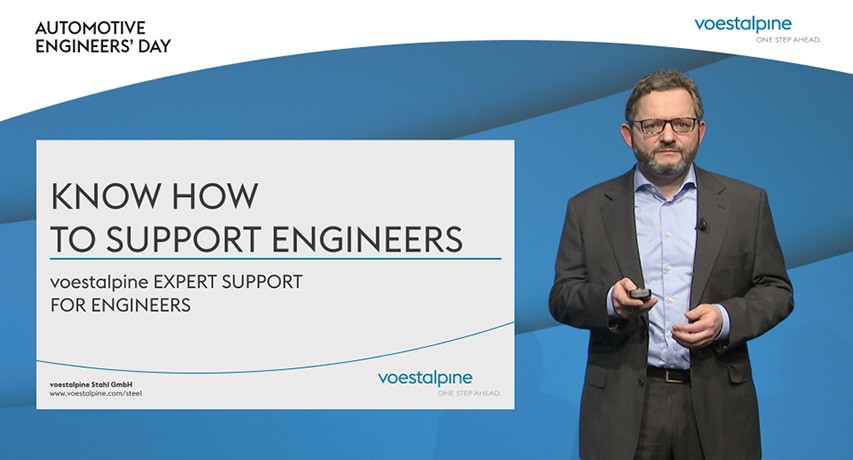
Know how to support engineers
voestalpine is a partner who can offer more than just good steels. The technical experts at voestalpine provide materials, technological expertise and comprehensive support for development engineers.
voestalpine product range
voestalpine supplies a comprehensive range of cold-rolled and hot-rolled steels for cold and hot forming. The forming and strength properties of the steels can be tailored to nearly every requirement.
Support for cold forming
The material cards provided by voestalpine for FE simulation are based on a wide range of material tests. Customers will find them in the AutoForm, PAM-Stamp, Stampack databases. LS-Dyna material cards are available upon request from Dynamore or voestalpine.
Support in hot forming
Tensile tests that simulate the process temperature curves are the basis for the material cards in the field of hot forming. Using the hot forming simulator at voestalpine, simulation models can be easily validated for all manufactured components. Models for the phs-directform® method are being provided for PAM-Stamp and will be implemented in the next AutoForm release.
Support for crash simulation
voestalpine provides material cards for all relevant crash solvers as well as for MATFEM GenYld.
Further support services
voestalpine offers sample material for small-scale tests for approval and validation. The Steel Technical Center of voestalpine also conducts tests in the areas of trimming, forming, welding, bonding, coating and corrosion. The test results and the testing environment are available for joint development and research projects.
Panel discussion: Steel still going strong?
Interest in the topics was reflected in the abundance of questions that came from the participants. They were answered by the experts following each session and in the concluding panel discussion. Here’s a selection of questions and answers:
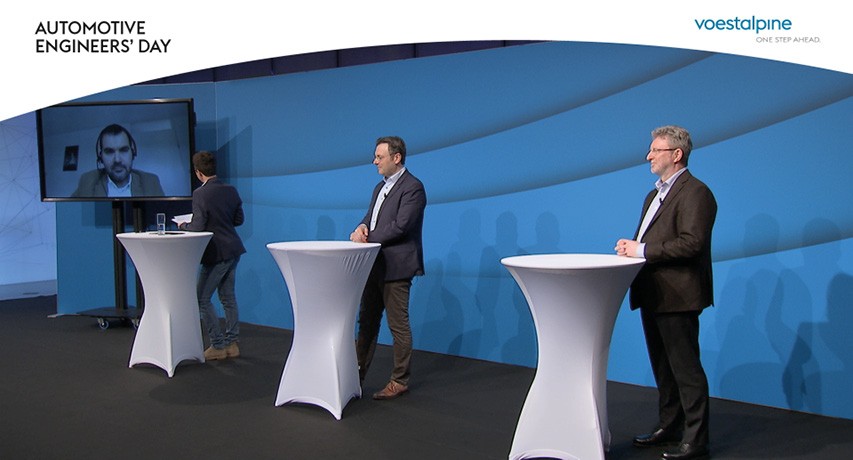
Future steel development requirements?
High-strength and ultra-high-strength steels are in high demand. The challenge here is to achieve strength with best formability. If you ask me what I say as a steel user, WE WANT IT ALL!
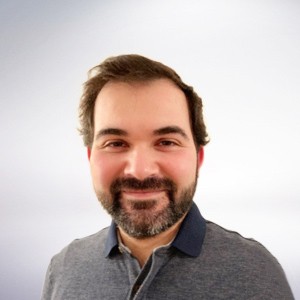
Edip Ozer Arman, Toyota Motor Europe Nv/Sa, Technical Manager R&D Material Engineering
High-quality steels for lightweight design simply for cost reasons?
The right material in the right place is essential. High-end steels in critical positions and less expensive ones where requirements are lower. In general, steel is the most cost-effective solution when compared with other materials. The next steps will be to achieve improvement in joining properties, even in supposedly simpler grades, or to produce even the highest-quality grades with a high level of scrap content.
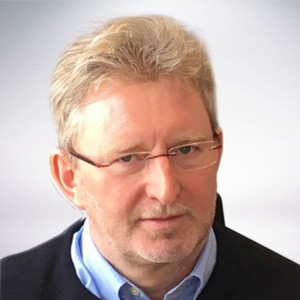
Andreas Pichler, voestalpine Stahl GmbH, Head of Research and Development, Coil Business Unit
How far has voestalpine come with respect to green steel?
Certified green steel is already available in our low-carbon production. The product is scalable and can be allocated to larger or smaller volumes by means of allocation mechanisms. The business model and pricing have been defined, and capacities are limited for 2022. Interested parties are kindly asked to contact us.
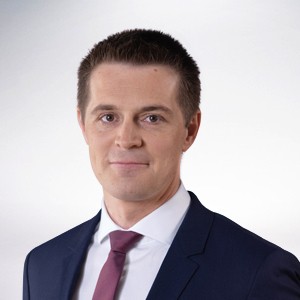
Peter Heinzl, voestalpine Stahl GmbH, Sales Director Automotive Industry
What does the automotive industry want from steelmakers?
Development of strategies and answers to trends, particularly sustainability, will be the focus. For instance, the supply chain from the ore to the end product must be transparent. Flexibility in ultra-high-strength steels to meet all component production requirements is also essential. I believe that we will successfully meet the challenges by working together in partnerships.
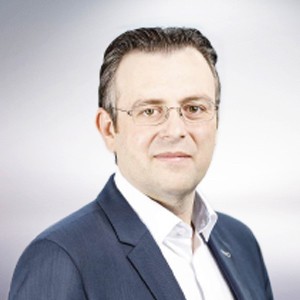
Martin Peter, Magna Steyr, Vice President Engineering

